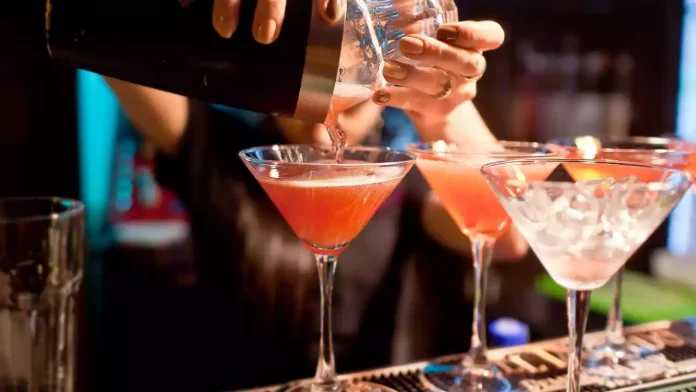The Indian beverage sector is undergoing a significant transformation, driven by evolving consumer preferences, rapid urbanization, and innovative trends. Ajit Balgi, Founder of The Happy High Bartending Academy, shares key insights into what’s shaking up the scene and how trends in cocktails, spirits, and homegrown brands are reshaping the Indian market.
Urban Centers Leading the Beverage Revolution
India’s beverage market is largely concentrated in key urban areas like Mumbai, Delhi, Bengaluru, and Goa. According to Ajit Balgi, “When it comes to beverages, these cities are at the forefront. Trends that emerge here gradually trickle down to Tier 2 cities like Chennai and Kochi.” Thanks to social media, Tier 2 markets are catching up faster, with local restaurants experimenting with cutting-edge techniques such as fat washing, milk washing, and at-home distillation.
Tequila and Mezcal Taking the Spotlight
One of the most significant shifts in consumer demand has been the rise of tequila and mezcal. “Tequila and mezcal are extremely hot right now, especially in Mumbai,” Balgi says.
“Top bars in the city are selling these spirits by the bottle, with some tequila bottles priced at over INR 1 lakh.” This marks a major departure from the days when gin was the trendy choice. Balgi explains, “Gin is not phasing out, but the market is flooded with options, and it’s no longer the go-to. Tequila, however, is the new status symbol.”
Continue Exploring: India’s beverage market bubbling with natural ready-to-drink punch and mocktails as health and convenience take center stage
Cocktail Culture: Crafting New Experiences
The craft cocktail scene in India is growing steadily, with premium bars in Tier 1 cities setting the standard. “Restaurants now understand the importance of balancing great food with well-crafted cocktails,” Balgi notes. The rise of “cocktail bars” has empowered bartenders to become stars in their own right, much like chefs in top restaurants.
However, Balgi points out that most Indian consumers are still unfamiliar with complex cocktails. “Even among affluent consumers, there’s a preference for simple drinks like Long Island Iced Tea and Mojitos,” he says. “We’re still far from a nationwide craft cocktail revolution.”
Yet, Balgi highlights a range of lesser-known cocktails that could soon capture the Indian palate. “Penicillin, a whiskey-based cocktail with ginger flavors, and the Porn Star Martini, a fruity vodka drink, are both poised to do well in India,” he says. He also mentions forgotten classics like the Sidecar, which could offer new options for adventurous drinkers.
Bringing Forgotten Classics Back to Life
Indian bars, particularly those in Tier 2 cities, are starting to revamp their cocktail menus by reviving forgotten classics. “Many bars don’t need to reinvent the wheel,” Balgi suggests. “They can introduce customers to classic recipes from around the world that are not commonly found here. For instance, cocktails like Negroni or Sidecar could offer a refreshing change from the usual options.” Balgi emphasizes the importance of understanding local taste preferences, explaining that “a Negroni might not work in markets that prefer sweeter drinks.”
Rise of Homegrown Brands
India’s burgeoning spirits industry is also seeing a wave of new brands gaining international recognition. Balgi points to the success of single malt whisky brands like Paul John.
“Paul John went outside India first before focusing on the domestic market. They’ve played a crucial role in teaching Indians to appreciate Indian single malts,” he says. Similarly, gin brands like Greater Than and Stranger & Sons have made their mark by promoting Indian botanicals.
Balgi also highlights innovative players like DesmondJi, an agave spirit from Goa that was launched a decade ahead of the current tequila craze. “DesmondJi created an Indian agave spirit at a time when tequila was still in its infancy in India. They were true visionaries,” he remarks.
What’s Next? The Mahua Spirit Revolution
Looking ahead, Balgi predicts that Mahua, an indigenous Indian spirit, could follow tequila’s success story. “India has the potential to take Mahua to the world,” he says. A few brands are already experimenting with this traditional liquor, and Balgi believes it has a bright future on the global stage. Feni, another local spirit from Goa, could also see increased interest if regulatory changes allow its production and distribution to scale.
The Indian beverage industry is at an exciting juncture, with cocktail culture gaining momentum and homegrown brands carving out their space on the global stage. As consumer awareness grows, India’s market for premium spirits and innovative cocktails is only set to expand, bridging the gap between Tier 1 and Tier 2 cities.





